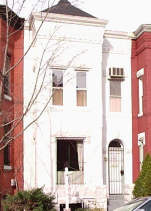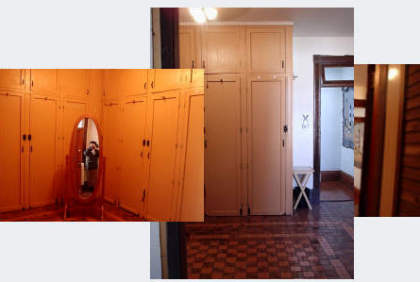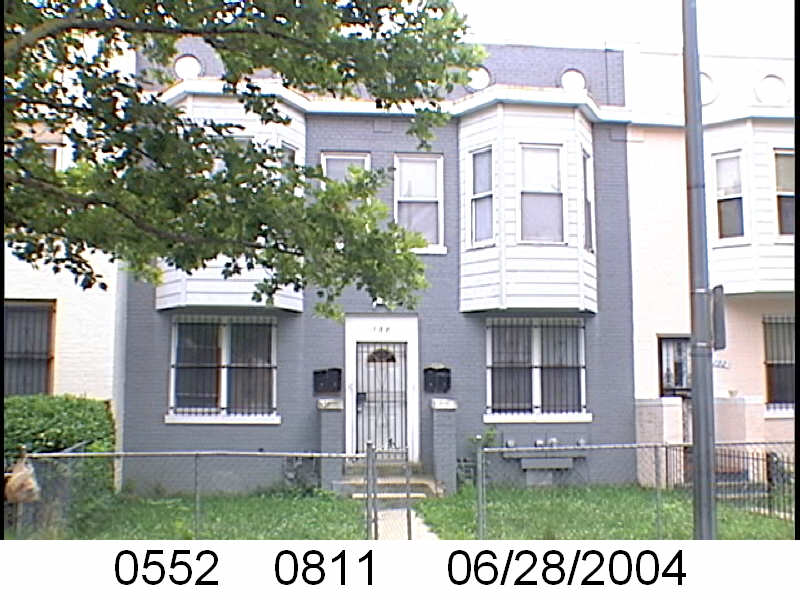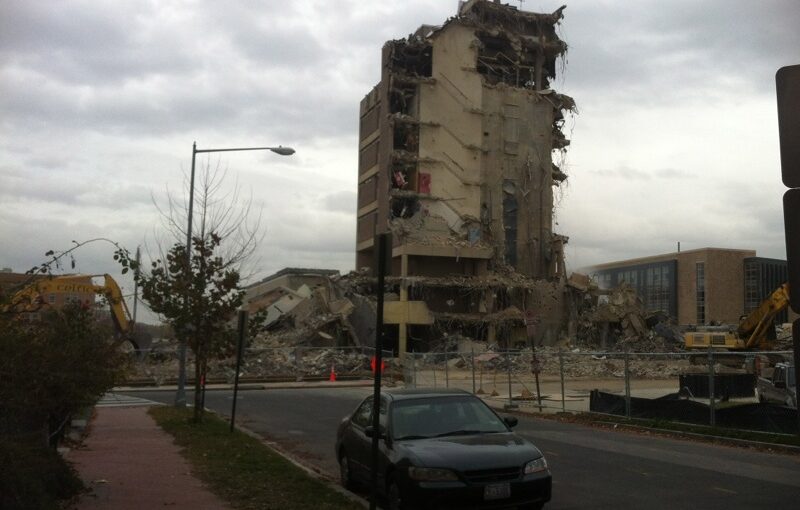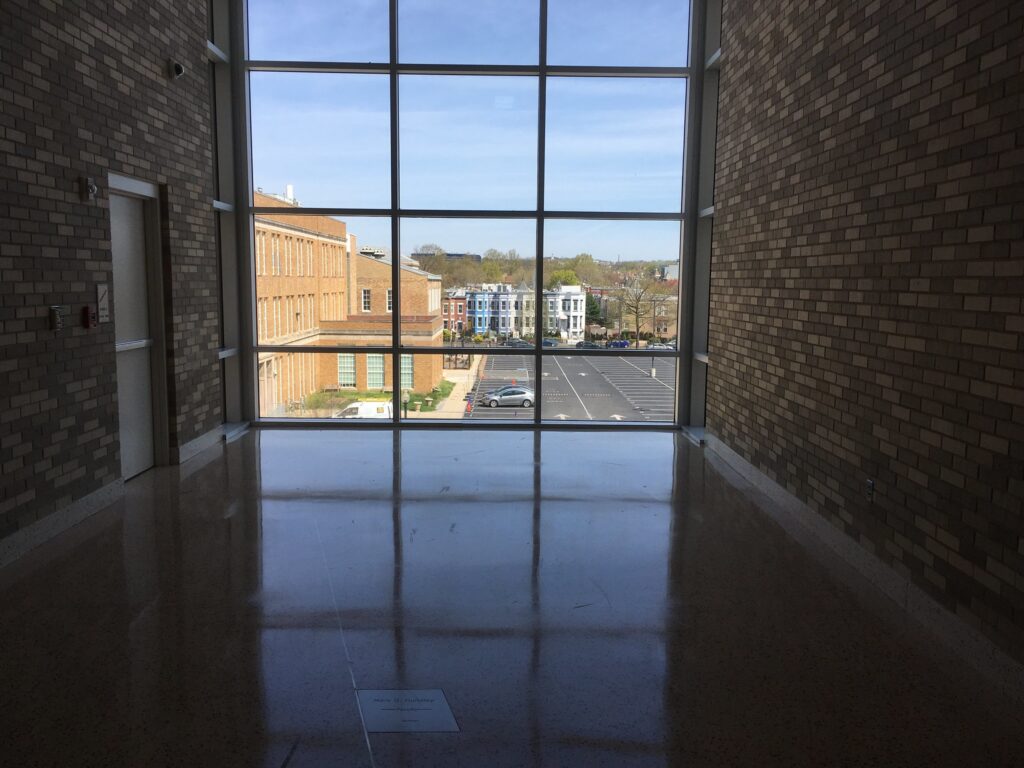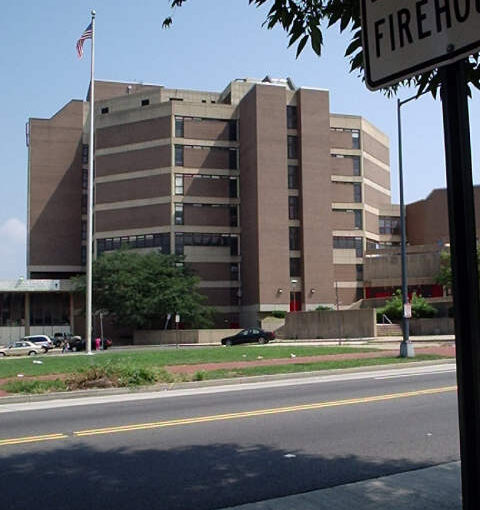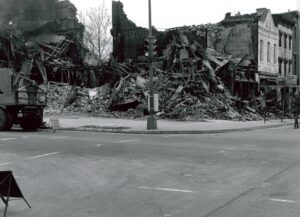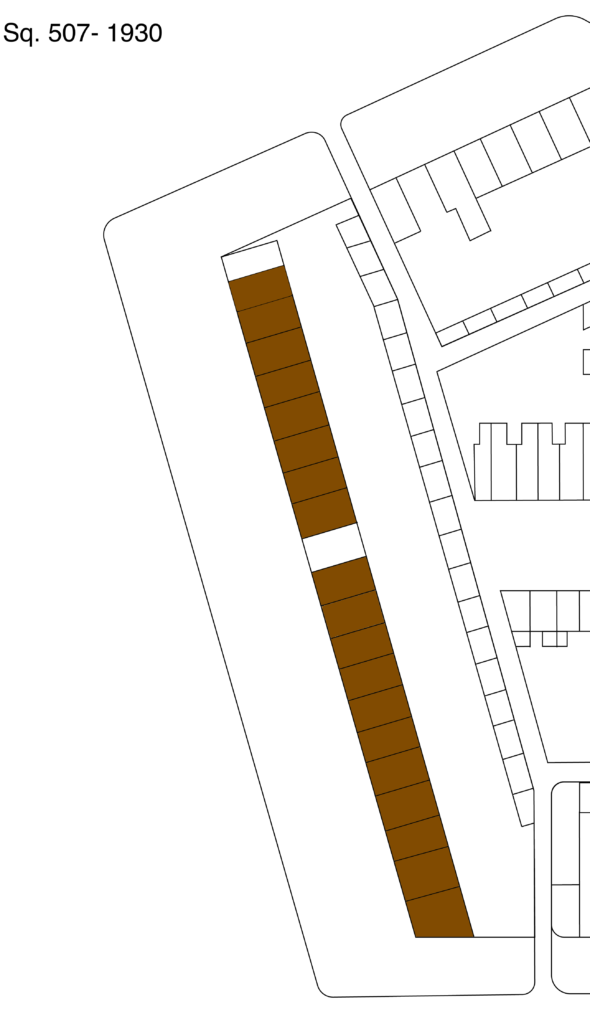
In this series of looking at the odd numbered side of the 1700 block of New Jersey Ave NW from 1920 to 1930, I decided to look at the other end of the block. The change from 1920 to 1930 for most of the block was from white renters to black home owners. A bit of the ‘why’ can be found in The sell off of the 1700 block of New Jersey Ave NW.
As you might be able to see from the featured image at the very top. In 1920 there was no recorded tenant at 1739 New Jersey Ave NW for the 1920 census. Knowing these homes were sold to Black home owners in late 1920. and this home in particular to John Holmes Jr. who purchased the property September 23, 1920. So let’s go straight to him.
The Property History
In 1923 John and his wife Ida C. Holmes borrowed a fair amount of money. There were three back to back trusts (borrowing money). Two were with trustees Samuel A. Drury and James B. Nicholson for $3K and $1K at 7% APR. The third was a smaller loan with trustees William A. Bowie and Clarence M. DeVeile for $390 at 7%. Then a few months later in October 1923, the Holmes were released from their original 1920 loan with W. Wallace Chiswell and Harry A. Kite.
The Holmes did a fair amount of borrowing money in the 1920s and I will not recount them all.
October 1930 the Holmes sold their home to Leo Paul Conners. Connors transferred the ownership to his company Conners and Foster Inc., in 1932 and the property was merged with nearby lot 30 creating lot 89. The company kept the property in their hands until 1963.
Who Were the Holmes?
Information about the Holmes is scarce. They both appear in the 1930-1950 census together. Thankfully the Evening Star has filled some blanks.
John Holmes was born August 3, 1887 in Washington, DC. Ida was born in Maryland in August of 1884. As times change, so does her estimated birth year. In 1913 John Holmes Jr. married Ida C. Bowman. Ida was the adopted or foster daughter of Mary Jackson. Mary E. Wells was another foster daughter. Ida was an independent laundress when she married and continued in the profession at least to 1930.
In 1920, the couple was living with Benjamin Young, a US government laborer at 413 1st St SE, with Young’s niece Mary E. Wells, grandniece Beatrice Wells, niece Ida Holmes who is listed as an 8 year old, daughter Thelma Hawkins, roomer John Holmes (not nephew in law?) and roomer Mary Jackson. In the previous census, Young was Jackson’s boarder at 404 B St SE. In 1920 John was a laborer working for the railroad.
So we know from the land records the Holmes left the Young household to form their own in Truxton Circle in Fall/Winter of 1920. The couple had their son John Jr. (making the elder John a Sr.) in 1922. They had another child in 1927 who only lived for 20 minutes. In 1930 they were pm New Jersey Ave living with their son, John A Holmes, Mary E. Wells, and lodgers Mary Winston and Thelma Brooks (she does not appear to be Thelma Hawkins).
In 1940 the family were renting a home at 509 S St. John was still a laborer working in the transportation industry. He lived with Ida, their son John, and Mary and Beatrice Wells.
In 1950 it was just John and Ida at 2415 E St NW. In their 60s, Ida kept house and John worked as a janitor for an apartment building. January 23, 1961 John died.


